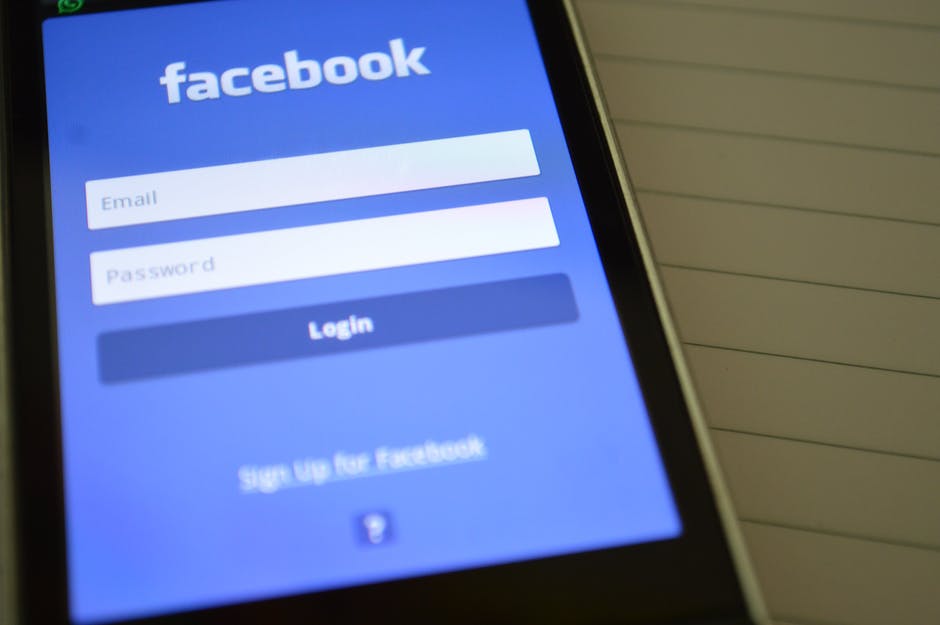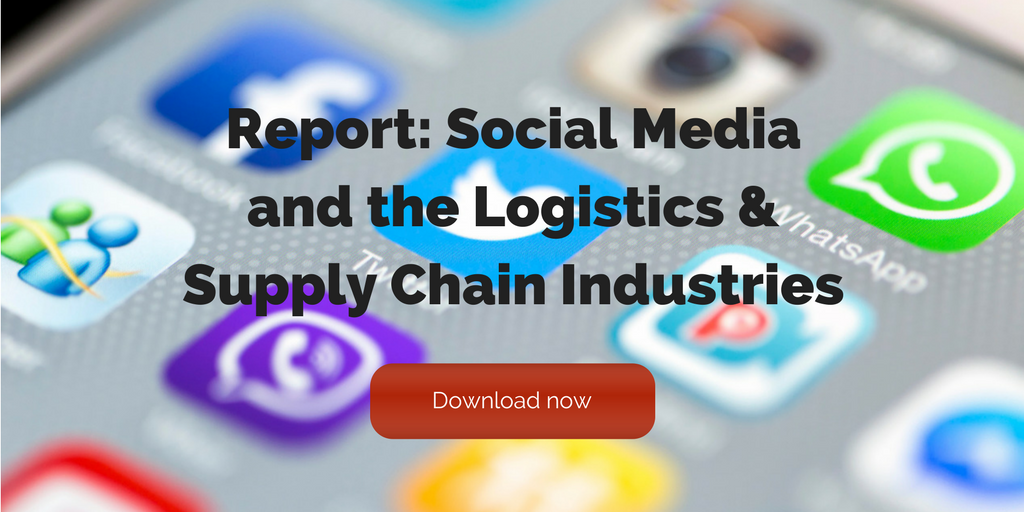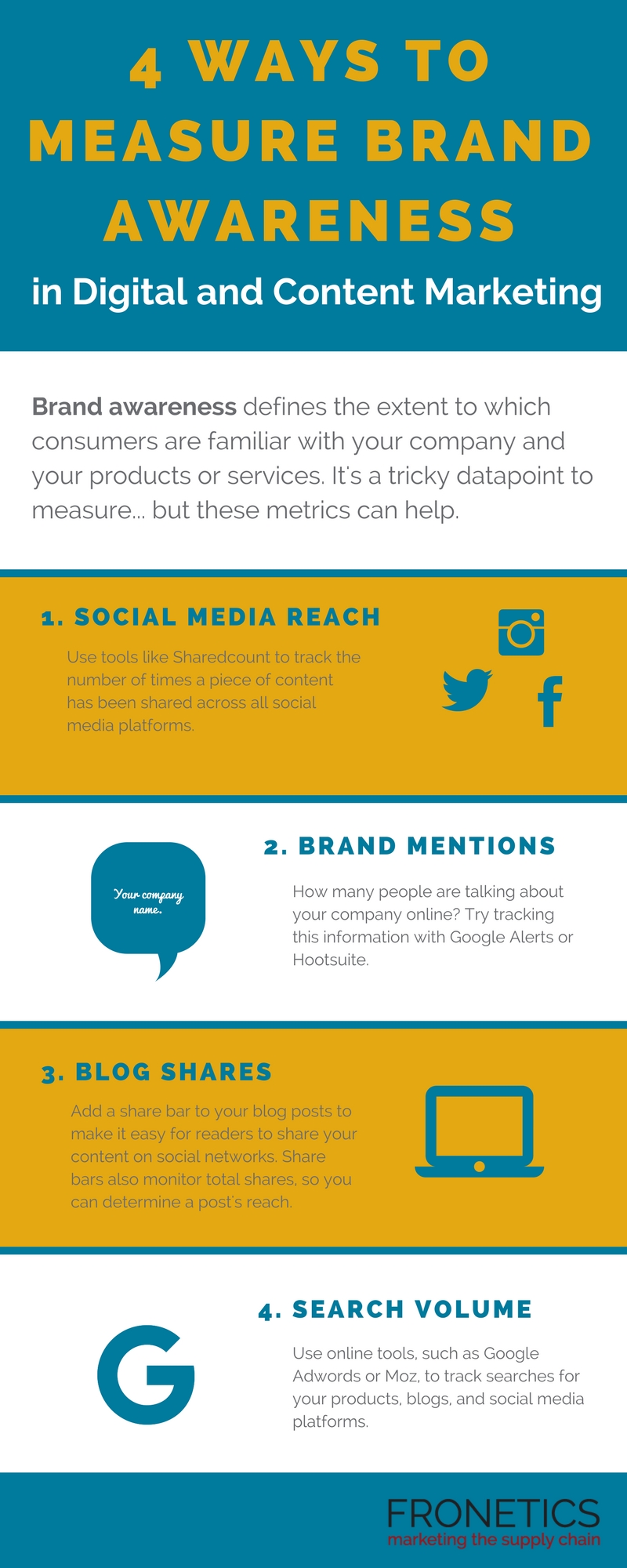
by Fronetics | Mar 6, 2018 | Blog, Content Marketing, Logistics, Marketing, Social Media, Supply Chain
Facebook is making a lot of changes that will affect businesses’ organic reach. This video discusses these changes and what your business needs to do to stay ahead of them.
We have talked a lot about Facebook’s updates on our blog. Users are already seeing less content from businesses, brands, and media, so you need to be paying attention. Adjusting your strategy to appear on your followers’ Facebook News Feed should be a top priority.
Facebook updates
On January 11, Mark Zuckerberg announced Facebook’s new algorithm will favor posts from friends and family (over public posts) and posts that “spark conversations and meaningful interactions between people.” But the changes didn’t stop there. Less than a month after Zuckerberg’s original announcement, Facebook reported that News Feed will now prioritize local news stories and events, along with posts from family and friends. “Starting today, we’re going to show more stories from news sources in your local town or city. If you follow a local publisher or if someone shares a local story, it may show up higher in News Feed,” writes Zuckerberg.
The social media platform claims it is trying to create the best possible user experience and encourage civic involvement. But will it come at a high cost to businesses trying to reach new audiences? Could this be the end of organic reach for businesses on Facebook? Here’s what we think.
Video: How Facebook’s changes are affecting your business and what your business can do to stay on top of them
Have there been a lot of changes from Facebook? Yes. Have they impacted your business’ reach? For sure. These changes have created challenges for businesses, but not ones that are impossible to overcome.
Remember, that Facebook is working to improve user engagement, so the posts users see are informative, trustworthy and relevant. Seek to understand what your target audience is spending their time reading, and produce high-quality, original content that focuses around those topics.
If you are producing content that engages with your target audience (and hopefully some new readers), you’ll start working your way back up to the top of the News Feed.
Related posts:


by Fronetics | Mar 5, 2018 | Blog, Current Events, Logistics, Supply Chain
Companies looking to promote their supply chain transparency should consider joining the Green Supply Chain Map to reach environmentally conscious buyers.
Earlier this year, the U.S. Natural Resources Defense Council (NRDC) and the Institute of Public & Environmental Affairs (IPE) created the world’s first map publicly linking multinational corporations to their suppliers’ environmental performance. This Green Supply Chain Map shows companies’ commitment to supply chain transparency and environmental management. It will allow customers to make buying choices based on commitment to environmental sustainability.
The IPE calls the map “a leadership initiative dedicated to showcasing brands’ commitment to supply chain transparency and environmental management. It openly links brands’ supplier lists to publicly available environmental data, including real-time data for air emissions and wastewater discharge.”
Supply chain transparency, mapped
Publication of the Green Supply Chain Map is a breakthrough in transparency in the supply chain.
“The map has the potential to become a true game-changer for public environmental oversight and improvement efforts for industrial manufacturing in China,” says Ma Jun, environmentalist and director at IPE. “We hope to see more brands step up their game and join the map to connect the missing dots of accountability in the vast network of global supply chains.”
Six brands have so far joined and disclosed supplier data: Esprit, Gap, Inditex, New Balance, Puma, and Target.
The map allows users to filter by brand and to view the supply chains for individual companies. It displays water, air, and weather conditions in a factory’s location, as well as the air and wastewater pollutants each factory releases.
How brands can leverage this map
Interested brands can join the map voluntarily, demonstrating their leadership in supply chain transparency and environmental sustainability. The map’s interface allows businesses to verify and advertise their environmental compliance. It’s a potential way to attract business, as more and more savvy and environmentally conscious buyers will use this tool to make purchasing decisions.
“Until now, customers have lacked effective tools to assess the environmental impact of their favorite brands’ global operations,” says Linda Greer, senior health scientist for NRDC and founder of its Clean by Design green supply chain program. “These companies that have stepped up to put their names first on the inaugural map are showing new levels of transparency on their manufacturing abroad and are demonstrating real leadership in supply chain responsibility.”
Other companies hoping to demonstrate their supply chain transparency should consider adding their brands to the map as part of a holistic strategy to attract environmentally conscious buyers.
The future
The Green Supply Chain Map may be the first of its kind. But with the increasing availability of such data, we anticipate like organizations — or even brands themselves — will soon have similar tools for illustrating supply chain transparency.
“We hope our map can serve as a reference for other countries and regions facing similar concerns about environmental impacts of rapid industrialization within their own borders,” says Kate Logan, the IPE’s green choice outreach director.
How does your organization demonstrate supply chain transparency?
Related posts:


by Fronetics | Mar 1, 2018 | Blog, Content Marketing, Logistics, Marketing, Strategy, Supply Chain
Brand awareness is key in optimizing your content marketing efforts but can be challenging to quantify. Here are four metrics to help you measure brand awareness.
Brand awareness is the extent to which potential customers recognize a brand and associate it with specific products and services. Making the public aware of your company is a long-term goal of content marketing. Through social media, blogs, and other platforms, content marketing works to create brand awareness and strengthen trust with target customers. Drawing the public’s attention to — and heightening their knowledge of — your business ultimately generates leads that turn into sales, after all, which is the end marketing objective.
But it has been notoriously difficult to quantify how effective your content marketing strategy is (and, more specifically, how far your brand awareness reaches). Unlike vanity metrics, which are easy to quantify, measuring brand awareness takes more than just a simple calculation. But that doesn’t mean you shouldn’t take the time to measure brand awareness.
Understanding the value of brand awareness gives companies insight into how well their content marketing strategy is working to generate leads and drive sales. As marketing ROI guru Jim Lenskold writes:
“The value of brand awareness is the equivalent of half of a $100 bill. Unless you know where to find the other half, there really is no value. Brand awareness does not have a financial value on its own but is part of the collective effort necessary for marketing to drive incremental sales.”
Brand awareness is key to reaching and influencing potential customers. Here are some metrics to help your measure your brand awareness.
4 ways to measure brand awareness

(Made with Canva)
Ultimately, the more aware audiences are about your brand, the more likely they are to buy your products or services. From familiarity grows trust, which only helps to strengthen your brand and create new relationships with potential customers.
Taking the time to measure brand awareness will help to maximize the success of your content marketing strategy and increase leads. These four metrics will give you a good indication of how familiar your target audiences are becoming with your company.
Related posts:


by Fronetics | Feb 26, 2018 | Blog, Content Marketing, Current Events, Logistics, Marketing, Social Media, Supply Chain
The second phase of Facebook News Feed changes boosts local news to strengthen community engagement.
Facebook has been busy making lots of changes to its algorithm and prioritizing what users want from the social media platform. Our recent blog post discussed the first phase of Facebook News Feed changes early this year. The second phase was just released January 29.
Mark Zuckerberg posted, “Starting today, we’re going to show more stories from news sources in your local town or city. If you follow a local publisher or if someone shares a local story, it may show up higher in News Feed.” The new emphasis on local news will begin in the U.S. and will expand to users in other countries later this year.
Civic engagement is key.
All of recent Facebook News Feed changes have centered around user engagement. Zuckerberg’s post talks a lot about the research his company has done to provide the best possible user experience and, in turn, to push for increased involvement.
“There’s a lot of research that suggests that people who read local news are more engaged in their community and they’re more likely to engage in civic improvements. The more informed you are about issues in your community, the more empowered you are to get involved and make a change,” writes Zuckerberg.
Back in January 2017, Zuckerberg went on the “Great American Road Trip,” where the CEO traveled to 23 U.S. states to spend time with everyday people and to gain insight into how Facebook might help local communities. The result? Zuckerberg has unveiled many changes that directly reflect an emphasis on civic engagement and using the power of Facebook to improve connection with local communities.
Trustworthy news.
Zuckerberg says he has directed his product teams to prioritize news that is “trustworthy, informative, and local.” Facebook will begin to survey users on the trustworthiness of media outlets and rank news sources accordingly. These changes continue to promote what Zuckerberg refers to as “meaningful” posts.
All of these changes are a part of a broader strategy for the News Feed and Facebook community. Facebook has declared that it will be prioritizing of content from friends and family and with this new phase, local news will also top that list.
What do Facebook News Feed changes mean for your business?
Businesses have been clamoring to keep up with the decline in organic reach from the first phase of Facebook News Feed changes. With the local news now taking priority behind more personal content, business pages are falling further down the Facebook News Feed. With more of an emphasis on person-to-person interactions, there’s less room overall for Page content.
But don’t give up on Facebook just yet. For smaller businesses, these changes could potentially boost user reach because of their concentrated reader population. Stories that are opened or shared in a tight geographic area will be ranked higher in the News Feed. So, if you’re looking to increase Page visits, make sure your newer content incorporates local news and events. This will (hopefully) catch the eye of local residents and users and push your content higher up in the News Feed.
Has your business been affected the Facebook news feed changes? We’re all working to keep up with the new algorithms and how they impact our business pages. Let us know in the comments.
Related posts:


by Fronetics | Feb 22, 2018 | Blog, Content Marketing, Logistics, Marketing, Social Media, Supply Chain
Twitter bots may get you more followers and retweets, but artificial influence isn’t a healthy indicator of marketing performance.
In this age of influencer marketing, in which followers and retweets are all-important indicators of marketing success, a new phenomenon is emerging: Twitter bots.
According to a recent New York Times article, these computer programs are generally run by “shadowy companies that sell Twitter followers and retweets to celebrities, businesses, and anyone who wants to appear more popular or exert influence online.”
These bots essentially constitute large-scale identity theft, as they use the personal data — including names, profile pictures, and hometowns — of real twitter users. According to recent research from the University of Southern California and Indiana University, “as many as 48 million of Twitter’s reported active users — nearly 15% — are automated accounts designed to simulate real people.” Bot producers count on the economy of online influence, with businesses desperate to monetize a mass audience.
Why are Twitter bots around?
The temptation for businesses to buy followers is strong. Amplification bots, the specific type of Twitter bot most often favored by businesses, promise follows, retweets, and likes for those who buy them, boosting the visibility and “amplifying” the influence of buyers.
“This virtual status is a real-world currency,” say the New York Times writers, as follower counts play a role in determining “how potential customers evaluate businesses or products.”
But as tempting as it may be, paying for followers can get you a lot more — or less — than you bargained for.
The bad news
For one thing, Twitter and other social media sites explicitly forbid buying or selling followers or retweets. While social media companies are more apt to penalize sellers than buyers, if you’re paying for followers, your business is engaging in what can best be described as shady practices.
While companies that sell bots describe their services as legitimate, these claims are shaky at best. They often promise “discretion,” but there’s no guarantee that their client records will remain private.
“It’s fraud,” says British rower and Olympic gold medalist James Cracknell, who regrets purchasing 50,000 followers. “People who judge by how many likes or how many followers, it’s not a healthy thing.”
The bottom line
Cracknell’s statement points to an important, though often overlooked truth about influencer marketing: While quantity of followers and amplification may be fruitful in the short-term, artificial influence isn’t a healthy indicator of market performance. It will ultimately be detrimental to your reputation, a far more important and illusive currency than followers.
“I tell anyone and everyone who ever asks that it’s a total scam,” says Marcus Holmlund, a freelance writer formerly tasked with buying followers for an international modeling agency. “It won’t boost their engagement.”
And there’s the bottom line: While businesses are under constant pressure to increase their social media presence, and bots carry a powerful lure, they are ultimately an ineffective scam.
Related posts:










